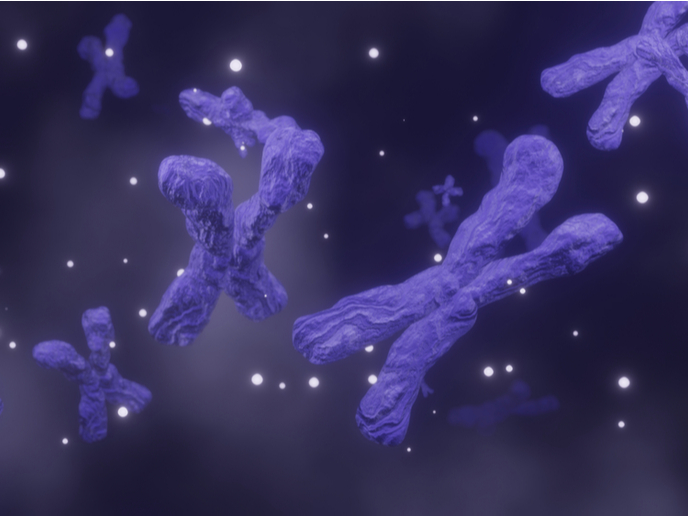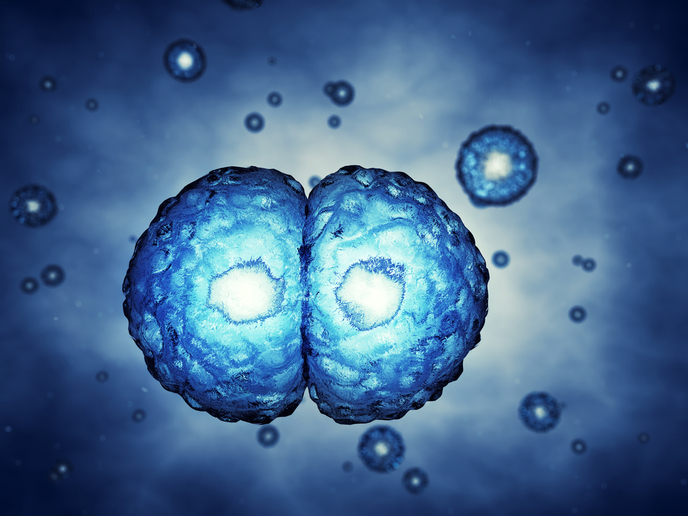'Vive la difference' in protein identity parade
The monogenic disease cystic fibrosis is normally characterised by the dysfunction of the key protein CFTR (cystic fibrosis transmembrane conductance regulator). The variation in severity of the disease in different individuals is due, to a large extent, to the role of the protein in many different pathways. As a result, the expression of the disease varies according to other genotypic and environmental factors. The complexity of protein-protein interaction presented by CF makes it ideal for analysis by proteomics studies. An in-depth knowledge of the structure and function of the proteins involved in the molecular cascades could direct the research pathways to tailor-made therapy for each individual patient. ProteoSys AG, a company based in Germany are experts in proteomics-based research. As partners in the EUROPROCF project, one of their main aims was to adapt the analysis of proteins from cells of CF patients with the same mutation but presenting different phenotypes using an adapted version of high performance 2D (two dimensional) gel analysis. The resulting method incorporates the labelling of two or more samples of protein with radioactive iodine isotopes. This has been incorporated into the ProteoTopeTM platform. A differential display of proteins is achieved including their splicing variants and resultant post-translational isoforms for proteomic analysis. The differentially labelled proteins are mixed and separated while together in the sample by 2D-PAGE (two dimensional-polyacrylamide gel electrophoresis). Basically, this can be achieved as the ratio of the separated radioactive signal intensity coming from each radio-isotope can be determined. Differential patterns of proteins present in diseases like CF have an impact on the drug discovery process. Furthermore, the ProteoTopeTM platform can be applied to other areas of proteomic interest including cancer research.







